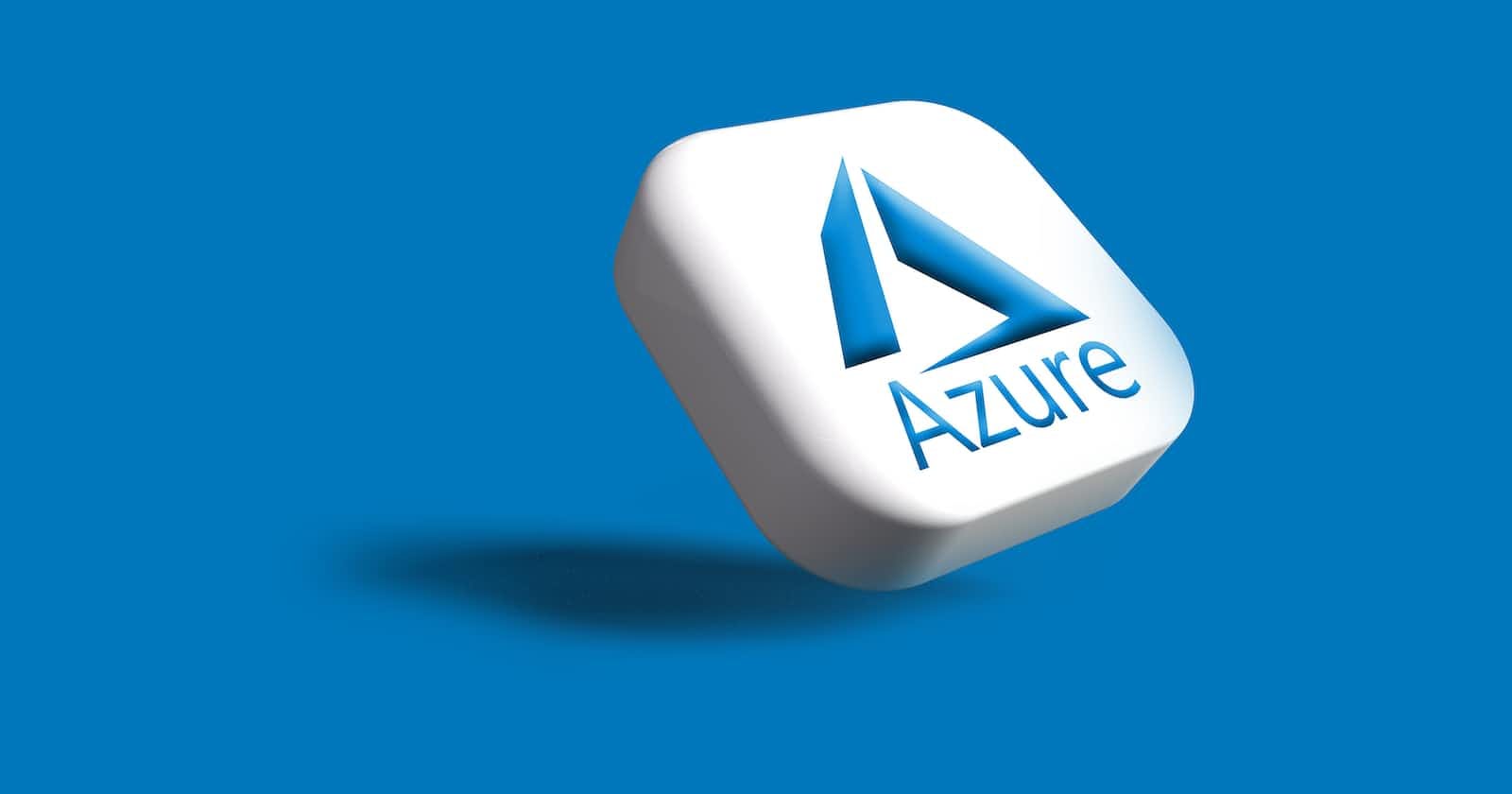Introduction
Securing Azure Virtual Machines (VMs) is a critical task for any organization that runs workloads on Azure. Microsoft Defender is a service provided by Microsoft Azure that helps you to secure your Azure VMs by providing security recommendations, automatic security assessments, and automated security remediation. In this article, we will explore the best practices and techniques for securing Azure VMs with Microsoft Defender.
Getting started with Microsoft Defender
To get started with Microsoft Defender, you first need to enable Microsoft Defender on your Azure subscription. Here's an example of how to enable Microsoft Defender for Azure using Azure CLI:
az extension add --name security az security center standard enable
You can also use the Azure PowerShell module to enable Microsoft Defender for Azure on your Azure subscription. Here's an example of how to enable Microsoft Defender for Azure using Azure PowerShell:
Enable-AzSecurityCenter -SubscriptionId <your subscription ID>
It's important to note that you need to have the Azure CLI extension for security installed and also be logged in with the Azure CLI. Also, the first command is to install the security extension and the second command is to enable the service.
It's also worth mentioning that you can also enable Microsoft Defender for Azure from the Azure portal, by navigating to the Security Center tab and then selecting the option to enable the service. This is the easiest and most common way to enable the service.
Security Recommendations
Microsoft Defender for Azure provides security recommendations for your Azure VMs, which are based on Microsoft Defender for Azure's security best practices. These recommendations include configurations for security settings, such as firewall rules, endpoint protection, and network security, as well as recommendations for software updates and patching.
You can view the security recommendations for your Azure VMs in the Microsoft Defender for Azure portal.
Automated Security Assessments
Microsoft Defender for Azure also provides automated security assessments for your Azure VMs. These assessments check for vulnerabilities in your Azure VMs, such as missing patches, insecure configurations, and weak passwords.
You can view the results of the automated security assessments in the Microsoft Defender for Azure portal, and take action on any vulnerabilities that are found. Microsoft Defender for Azure also provides a built-in vulnerability scanner, which can scan your VMs for vulnerabilities and provide recommendations for how to remediate them.
Automated Security Remediation
Microsoft Defender for Azure also provides automated security remediation capabilities, which allow you to automatically apply security recommendations and remediate vulnerabilities that are found. This can be done using Microsoft Defender for Azure's built-in automation capabilities or by integrating with Azure Automation.
Real-world Scenarios
Here are a few real-world scenarios where Microsoft Defender for Azure can make a significant impact:
A financial services company is running multiple Azure VMs that store sensitive customer data. They use Microsoft Defender for Azure to continuously assess their VMs for vulnerabilities and automatically remediate any issues that are found, ensuring that their customer data is protected.
A healthcare company is running multiple Azure VMs that store patient data and need to comply with regulations such as HIPAA. They use Microsoft Defender for Azure to continuously assess their VMs for vulnerabilities and automatically remediate any issues that are found, ensuring that their patient data is protected and that they are compliant with regulations.
A manufacturing company is running multiple Azure VMs that control their factory automation systems. They use Microsoft Defender for Azure to continuously assess their VMs for vulnerabilities and automatically remediate any issues that are found, ensuring that their factory automation systems are secure and that they are protected against potential cyber-attacks.
These are just a few examples of how Microsoft Defender for Azure can make a significant impact in real-world scenarios. By understanding how to use Microsoft Defender for Azure to secure your Azure VMs, you can ensure that your VMs are protected against potential security threats and that you are meeting compliance requirements.
Additional Features of Microsoft Defender for Azure
Security Policy: Allows you to define and enforce security policies across your Azure VMs, such as requiring that all VMs have endpoint protection enabled and that all VMs are running the latest version of the OS.
Security Alerts: Allows you to receive alerts when suspicious activity is detected on your Azure VMs, such as attempted brute force attacks or malware detections.
Security Automation: Allows you to automate security tasks, such as applying security updates and patching vulnerabilities.
Security Management: Allows you to view the security state of all your Azure VMs in a single dashboard and quickly identify security issues that need to be addressed.
Integrating Microsoft Defender for Azure with other Azure Services
By integrating Microsoft Defender for Azure with other Azure services such as Azure Policy, Azure Monitor, and Azure Automation, you can further optimize your security posture and gain a better visibility of your security status. For example, by integrating Microsoft Defender for Azure with Azure Policy, you can define and enforce security policies across all your Azure resources. Additionally, by integrating Microsoft Defender for Azure with Azure Monitor, you can collect security-related data and analyze it to identify security threats and trends.
It's important to note that, the integration of Microsoft Defender for Azure with other Azure services is key to optimizing your security posture and gaining better visibility of your security status; this will help your organization to meet compliance requirements, and protect your resources from potential security threats.
Another important aspect to consider when integrating Microsoft Defender for Azure with other Azure services is the ability to automate security tasks. By integrating Microsoft Defender for Azure with Azure Automation, you can automate the remediation of security vulnerabilities and apply security updates in an automated and consistent manner. This can greatly reduce the time and effort required to maintain the security of your Azure VMs, and help to ensure that all VMs are kept up-to-date with the latest security patches.
In addition, you can also integrate Microsoft Defender for Azure with other security tools such as Azure Active Directory (AAD) for identity and access management, Azure Information Protection for data protection, and Azure Advanced Threat Protection for advanced threat detection. By integrating these tools with Microsoft Defender for Azure, you can gain a more comprehensive view of your security posture and take a more holistic approach to securing your Azure VMs.
Summary
In summary, Microsoft Defender for Azure is a powerful service that can help you to secure your Azure VMs. By following the best practices and techniques for securing Azure VMs with Microsoft Defender for Azure, and by integrating it with other Azure services, you can ensure that your Azure VMs are protected against potential security threats and that you are meeting compliance requirements.


